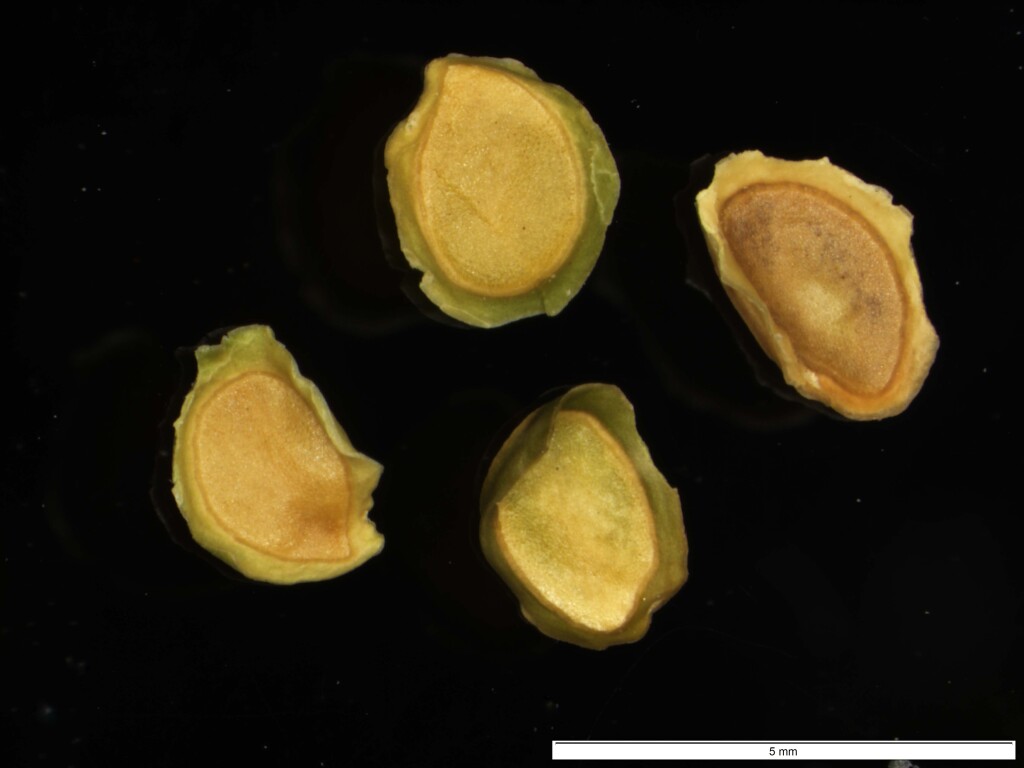Goodenia glauca
F.Muell. Pale GoodeniaErect perennial to 20 cm high; stems glabrous or sparsely strigose. Leaves distinctly 3-veined, glaucous; basal leaves shortly petiolate, lanceolate to elliptic, 3–8 cm long, 5–10 mm wide, acute to obtuse, glabrous or glabrescent, entire or toothed; cauline leaves slightly smaller, remote, entire. Inflorescences terminal leafy racemes to 15 cm long, or subumbels; pedicels 2–5 cm long; bracteoles usually absent. Sepals lanceolate, 2.5–4 mm long; corolla 12–18 mm long, finely pubescent, pale yellow, abaxial lobes 5.5–6.5 mm long, wings 2–3 mm wide; indusium hemispherical; ovules to c. 30. Fruit subglobose, 5–7 mm diam., valves entire; seeds broad-elliptic, 3–4 mm long, smooth, brown, wing c. 1 mm wide, thick. Flowers mainly Oct.–Feb.
MuM, Wim, VVP, VRiv, MSB, RobP, MuF, Gold, NIS. Also SA, Qld, NSW. In Victoria apparently confined to drier inland parts, with an old collection labelled 'Sandringham' being of doubtful provenance. Favours heavier soils on floodplains, river banks and other periodically moist sites.
Jeanes, J.A. (1999). Goodeniaceae. In: Walsh, N.G.; Entwisle, T.J., Flora of Victoria Vol. 4, Cornaceae to Asteraceae, pp. 589–615. Inkata Press, Melbourne.
 Spinning
Spinning


